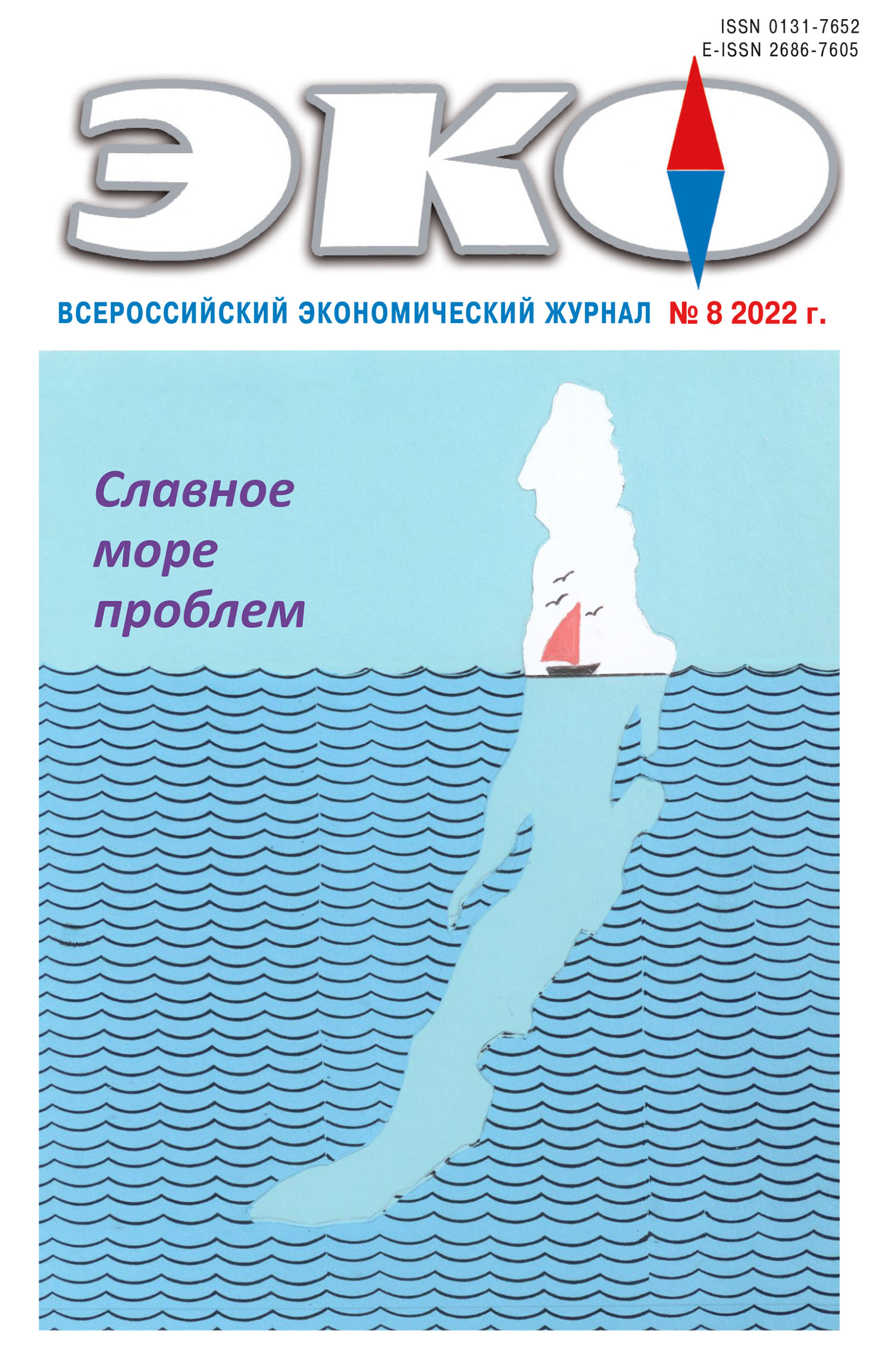A Glorious Sea of Problems
Cooperation as the Best Way to Compete (Based on the Example of Research and Projects on Baikal Ecology)
Published 2022-08-01
Keywords
- cooperation; competition; innovative technology; ecology; Baikal; viscose pulp; production waste
How to Cite
1.
Voronov Ю. Cooperation as the Best Way to Compete (Based on the Example of Research and Projects on Baikal Ecology). ECO [Internet]. 2022 Aug. 1 [cited 2025 Dec. 2];52(8):54-66. Available from: https://ecotrends.ru/index.php/eco/article/view/4499
Abstract
The paper considers the problems of combining cooperation and competition in the field of innovative technologies on the example of projects, declared at the contest to improve the ecology of Lake Baikal (elimination of wastes of the Baikal pulp and paper plant). Forty-eight projects participated in the contest, of which 35 were the most substantiated. The projects were divided by the author into five groups according to the areas of environmental improvement: “thermal technology”, “water purification”, “obtaining briquettes and monoliths”, “microbiology” and “soil restoration”. Each group identified the leading technologies that are able to perform the functions of integration, as well as clusters of projects that do not compete with each other, but mutually complement each other. The integrated implementation of all 35 projects under a single program required the addition of three more projects that were absent from the initial set and did not participate in the competition. The author concludes that the formation of a single project on the basis of a set of projects submitted to the competition may become a new tool for accelerating scientific and technological progress, in particular, in the field of ecology.References
- Кожевников Н. В., Заушинцина А. В. Проблема ускоренного почвообразования в рекультивации нарушенных земель // Вестник Кемеровского госуниверситета. 2015. № 1–2 (61). С. 26–29.
- Макеева Н. А. Оценка продукционных процессов овса в условиях внесения гуматов калия и натрия на породный отвал // Современные проблемы науки и образования. 2014. № 6. C. 14–28.
- Середина В. П., Андроханов В. А., Алексеева Т. П., Сысоева Л. Н., Бурмистрова Т. И., Трунова Н. М. Экологические аспекты биологической рекультивации почв техногенных экосистем Кузбасса // Вестник Томского государственного университета. Биология. 2008. № 2. С. 61–72.
- Чекасина Е. В., Егоров И. В. Биологическая рекультивация нарушенных земел // Экология и промышленность России. 2002. № 10. С. 31–33.
- Хига Т. Возрожденное будущее. Владивосток: Дальнаука, 2010. 280 с.
- Ganihar S. R. Nutrient Mineralization and Leaf Litter Preference by the Earthworm Pontoscolex corethrurus on Iron Ore Mine Wastes // Restoration Ecology. 2003. Vol. 11, № 4. P. 475–482.
- Hemkemeyer M., Pronk G., Heister J. K., Kögel-Knabner I., Martens R., Tebbe C. C. Artificial soil studies reveal domain-specific preferences of microorganisms for the colonisation of different soil minerals and particle size fractions // FEMS Microbiology Ecology. 2014. Vol. 90, № 3. P. 770–782.
- Khan N. T., Jameel N., Khan M. J. A Brief Overview of Contaminated Soil Remediation // Methods BioTechnology. 2018. Vol. 14, № 4. Р. 27–30.
- Sabir M., Ozturk M., Murmet A. Soil Remediation and Plants: Prospects and Challenges. New York: Academic Press, Elsevier, 2014. 752 p.

